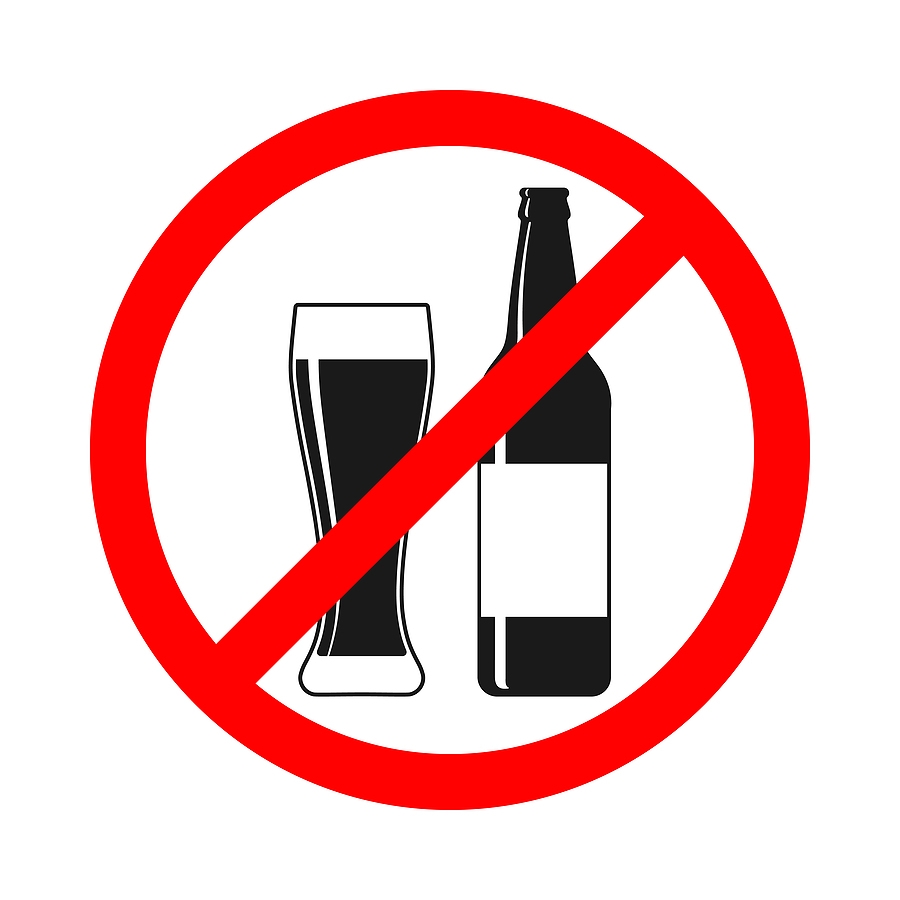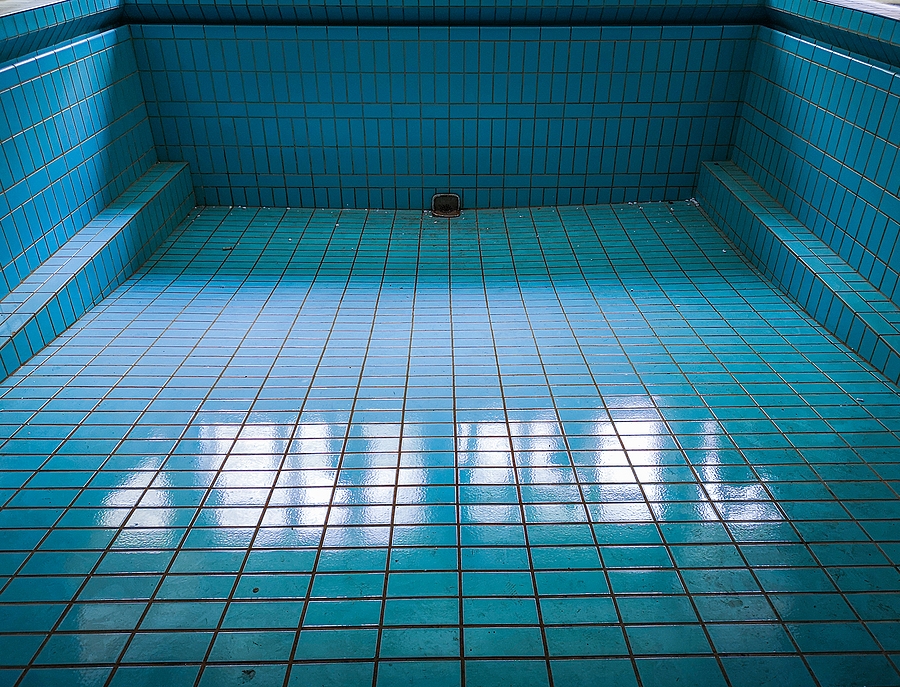CPO® Pool Cleaning Training – Glass in The Pool
There’s a reason why almost every swimming facility has a ban on glass containers. No matter how often you urge swimmers to be careful, broken glass can eventually make its way into the pool. Broken glass in the pool presents a safety hazard for swimmers and can cause damage to the pool. What’s worse is the glass is nearly undetectable by sight at the bottom of a pool. As a Certified Pool Operator®, this is a commonly discussed issue during pool cleaning training. Here’s what you need to do if broken glass enters a swimming pool.
What Broke?
When people think about broken glass in a swimming pool, the first assumption is that someone dropped a glass bottle. Unfortunately, many situations aren’t as avoidable as this one. Glass also winds up in the pool from broken overhead lighting and internal pool lights. Glass-top tables can also get lifted by heavy winds, break and enter the pool. Simply banning glass bottles is not a sure-fire way to avoid this issue. Preventative rules and measures should always be taken; however, you will still need to learn how to address broken glass during pool cleaning training.
Removing the Glass via Vacuuming
First, you want to close the pool immediately to patrons.
Turn off Pool Circulation. Shut your pool’s circulation system off for 1-2 hours. Circulation systems spread the glass around, making it more difficult to find. Glass shards can be small enough that they can remain floating in circulation never making it to the floor to vacuum.
Vacuum the Entire Pool Slowly. You want to use and in and out movement down the entire length of the pool in a slow motion. Keep the pattern consistent to ensure you did not miss any areas.
Empty Baskets. You want to check the pump and skimmer baskets for glass. Empty after vacuuming.
Repeat. You want to do slow vacuuming and emptying of baskets until the pump basket is free of glass for three consecutive times. If you find it clear one time, and glass present the next time, you need to restart the process for three consecutive clean baskets.
Removing the Glass via Draining
First, you want to close the pool or spa immediately to patrons. Before draining any body of water, you need to address the local water table to ensure that the shell will not succumb to hydrostatic pressure. You also do not want to drain vinyl liner pools as this can cause the liner to float and/or wrinkle making it require replacement.
Turn off Pool Circulation. Shut your pool’s or spa’s circulation system off for 1-2 hours. Circulation systems spread the glass around, making it more difficult to find. Glass shards can be small enough that they can remain floating in circulation never making it to the floor to vacuum.
Drain The Water. Use a sump pump rather than the main drain so that none of the water enters the pool’s circulation system. Again, assess your water table to determine if draining is an option. It is recommended to consult a pool professional before attempting to drain your pool. For a spa, the volume of water is likely so small that it is much more efficient and cost effective to drain the spa.
Let Everything Dry. If you are draining the body of water, you should wait until it completely dries out. Puddles on the floor can hide the glass shards and prevent proper removal. Using fans can speed up the drying but you can expect it to take quite a while.
Do a Thorough Sweep. Next you need to do a complete sweep of the floor. Multiple employees can spend time sweeping the glass into dust pans and removing it from the pool. You should also carry out the process multiple times to be absolutely sure you got it all.
Use a Shop Vacuum. Once the major shards are swept up, it’s time to get all of the small slivers with a shop vac. Use a uniform system when vacuuming the pool so you don’t miss anything. Once completely swept and vacuumed, you can start refilling the water, balancing its chemistry, and opening.
CPO® Pool Cleaning Training
The best way to learn about residential and commercial pool cleaning training is through CPO® certification. Pool Operation Management offers award-winning CPO® certification courses to give you the most comprehensive education in everything involved with pool operation. Over a two-day course or during online training, our experienced professionals will not only help you get certified, but you will acquire real-world knowledge to aid you in your career of pool operation.
We also offer professional pool maintenance for both residential and commercial pools, pool operation consulting, and can even act as an expert witness in pool-related legal cases. To start your CPO® certification courses or use our many services, contact Pool Operation Management today.







